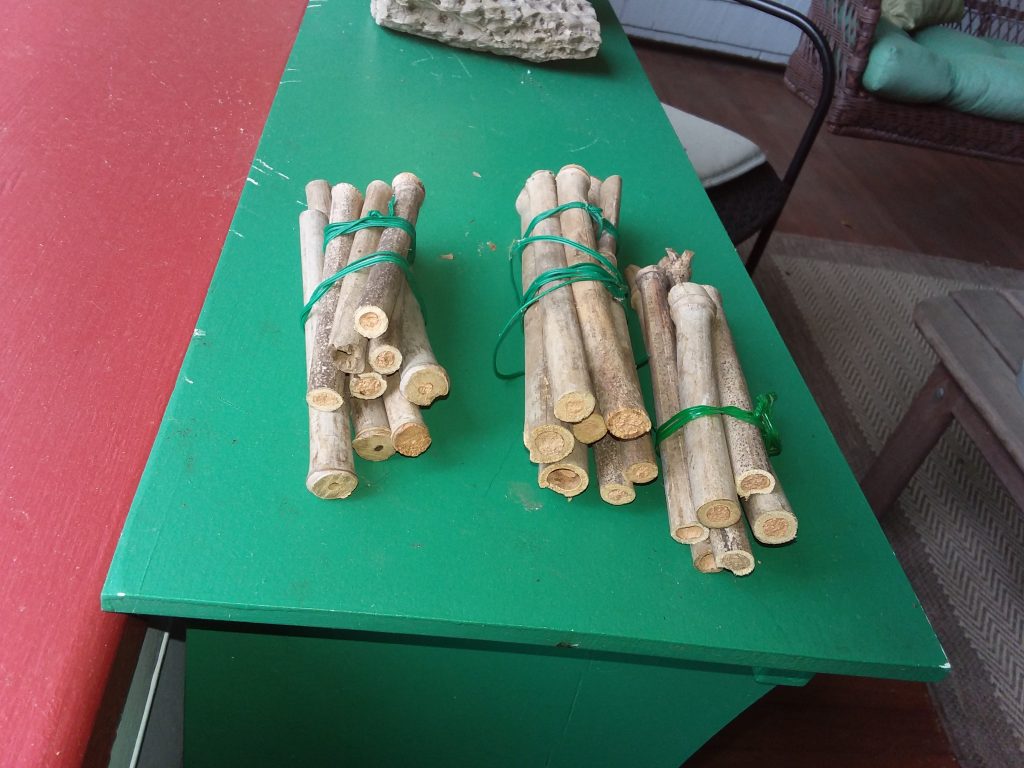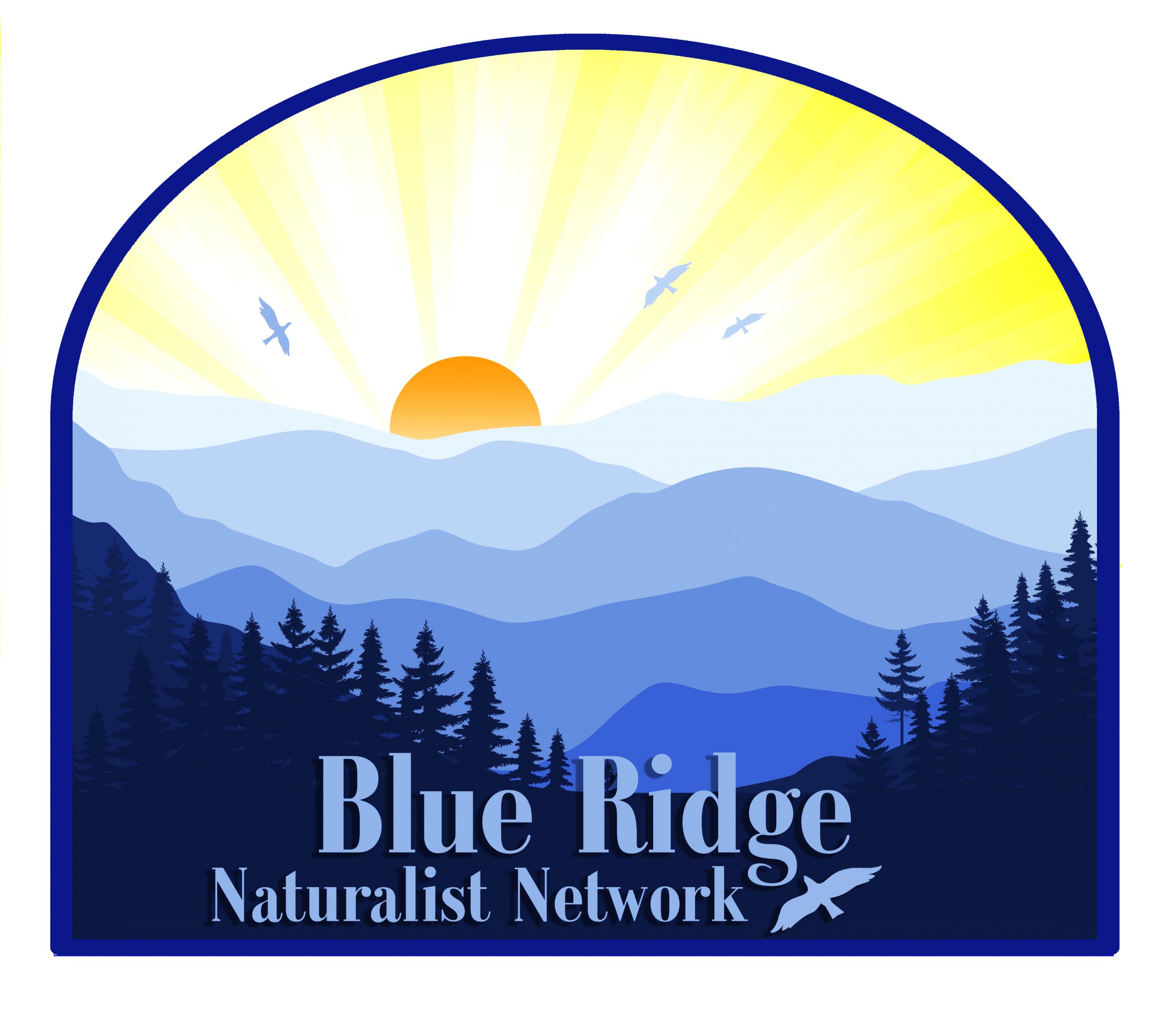An Affordable Housing Development
By Charlotte Caplan

It was one of the unusually warm days in March and we were having lunch on the front porch when we noticed that there were dozens of small bees flying around inspecting the shingled walls, rustic furniture and log pile. What were they looking for? Clearly not food. Then it dawned on me: these were mason bees checking out the local real estate.
Mason bees (Osmia spp.) are solitary bees, usually a little smaller and darker than honey bees, that are active in the spring (March-June). There is a plethora of species all over the USA and Canada, and they are very effective pollinators – even better than honey bees – because they are restless foragers, flitting between many different plants and trees, and they carry pollen on their hairy abdomens where it is more readily available for cross-pollinating than in the neat packages that honey bees carry on their legs. What we were seeing were probably newly-emerged males looking for females which come out a few days later.
I quickly collected some bamboo sticks that I had been using as plant markers, ran down to the basement workshop and cut them into 4-6” lengths on the table saw. I selected those with holes 1/8-1/4” internal diameter, tied them with wire into small bundles, and laid them horizontally in sheltered locations around the porch. Wow! Within 30 seconds the bees were investigating them, even crawling inside. I left the sticks undisturbed for several weeks, then took a close look at them.
Wow, again! The bees like my little homes just fine. Almost every hole is now plugged with reddish clay. The occupancy rate approaches 90%, which any housing or hotel developer will count as success. Final success will come if the plugs disappear next spring, signaling the emergence of a new generation.
The females have laid several eggs in each hole, each egg walled up with a food supply in a little compartment separated from the next by a clay plug. The eggs in the outermost compartments are programmed to become males, the inner ones females – don’t ask me how. The larvae stay there until next spring, making tough little cocoons in the fall for their final metamorphosis.
You can go to town with fancy “bee hotels” made of different materials. Here’s a link that even tells you how to increase survival of the larvae by extracting and washing (yes!) each coccoon to remove pests: https://catalog.extension.oregonstate.edu/sites/catalog/files/project/pdf/em9130.pdf.
But for a quick, rewarding, kid-friendly project I think I’ve stumbled on something. Careful with that table saw, though.






47 comments